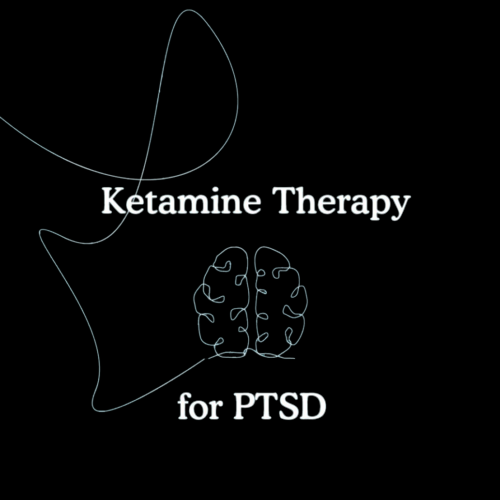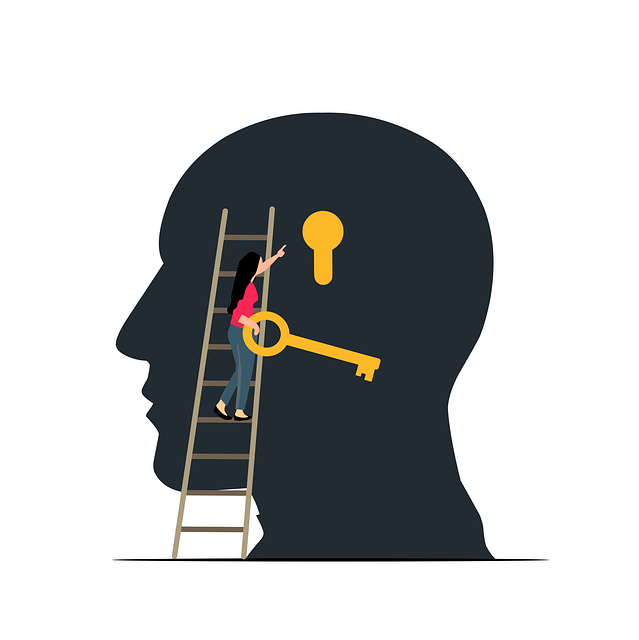The term “mindful” refers to the practice of being fully present and engaging in the moment. It means to pay attention to the present and focus on something consciously. Mindful care is an approach in healthcare centers that is practice by professionals to enhance the memory, reduce stress, improve patient outcomes, enhance emotional regulation, improve mental health, and increase resilience and self mental health awareness. The mindful care therapy leads to self -understanding and self- control.
Mindful care has to promote a supportive environment to develop a healthy and honest relationship with the client and patient that helps the patient to recover, cope, and heal. This article help to understand the mindful strategy, its impacts, and other aspects.
Here, we have multiple mindful care techniques
Deep Breathing
Mindful deep breathing helps to focusing and attention it involves the breath as it flow in and out. This practice help to keep you calm, reduce muscle tension, emotion regulation, slow down the heart rate, boost mood, reduce stress and anxiety.

Technique
- Sit with the comfortable sitting pose or straight back.
- Close your eyes.
- Take attention to your breath.
- Take a slow deep breath through your nose, and fill your lungs completely.
- Hold the breath for few seconds.
- Exhale through mouth slowly and empathy the lungs completely.
- Gradually, repeat this process 5-7 times.
Impacts
- Improve blood circulation.
- Manage hypertension.
- Improve mood.
- Increase physical sensation.
- Boost the immune system.
- Increase the oxygen supply to the brain organs and tissues.
- Improve blood circulation.
Body scan
Body scans mindfulness technique used in mindful care for relaxation and release tension. It involves systematically attention to the different body part and sensations. The involvement of body parts and sensations have great effects.

Technique
- Sit or lie down in comfortable position or straight back.
- Close your eyes
- Take a deep breath and feel relax.
- Bring attention to your toes, notice the sensation without changing them.
- Gradually pausing the each area of sensation such as leg, feet, torous, arms and head and move your attention up.
- If you notice tension breath into that area and allow it to release with each exhale.
- Complete the scan of your whole body by giving attention and feeling the sense of relaxation and attention.
- Allow your body to feel light and relax.
Impacts
- Beneficial for chronic pain
- Improve sleep quality
- Clam the nervous system
- Support the emotion regulation
- Reduce trauma and stress
- Enhance overall senses well being
- Improve mood
- Enhance self care
Mindful movement
Mindful movement include physical exercises such as yoga, running, stretching, gym, tai chi, boxing, walking, swimming, hiking, cycling, weightlifting, gardening, jogging, snowboarding, golf, karate, taekwondo and dance.
Technique
- Select a simple movement such as walking or cycling.
- Focus on the sensation of the body when you move.
- Attention the feeling of your feet when it touch with ground, movement of your muscles, and rythm of the breath.
- Move slowly or focus on your movement.
- When your mind wanders, take attention to the sensation of movement.
Impacts
- Enhance cognitive function.
- Boost immune system.
- Reduce inflammation and chronic pain.
- Increase mood
- Enhance strength and coordination
- Improve balance and flexibility
- Manage emotion regulation
- Increase inner peace
- Improve the connection to body, mind, and spirit.
Mindful eating
Mindful eating include give full attention to the experience of eating such as taste, texture, aroma, physical appearance, flavor and develop healthier connection with food. It also involve body hunger and satiety.
Technique
- Use your senses to explore the food.
- Observe the food smell physical appearance and texture before eating.
- Take a small white and chew slowly.
- Enjoy the texture and taste of the food.
- Pay attention to your body signals of hunger and fullness.
- Avoid distraction such as watching TV using smartphone or listen loud music.
Impacts
- Increase appreciation for food and life.
- Enhance relationship with food, body, and self.
- Reduce guilt and shame around food choices.
- Support transformation and physical growth.
- Enhance self esteem.
- Improve mood
- Manage stress related to eating and food.
Mindful Listening
Mindful listening means focus on the what other people are saying without any interruption, assumptions, undivided attention and judgement. Develop a faithful or deeper connection with the speaker and listener.

Technique
- Full attention to the speaker.
- Notice the word, tone and non verbal cues.
- Ask opened questions.
- Encourage your speaker.
- Show empathy and understand the verbal and non verbal cues.
- Response the speaker by their guester and acknowledgement.
Impacts
- Enhance self awareness and emotional intelligence
- Develop deep connection and relationship
- Improve communication and listening
- Help to reduce misunderstanding
- Increase learning and problem solving
- Enhance cognitive functioning and memory
- Manage stress and anxiety
- Support personal growth and development
- Improve interpersonal relationships
- Encourage open and honest sharing
- Promote active management and participation
Combining mindful care therapy techniques into practice
Individual Therapy
Mindful therapy technique can be practice to get the useful or special outcome of individual client. Therapist has to introduce mindfulness techniques to client during session and encourage them to do regularly at home. Includes breathing and body scan that helps the client to manage stress, trauma, chronic pain, and anxiety.
Group Therapy
In group Therapy session mindfulness practices are faithful and support the participants. These techniques include mindful movement, and mindfulness listening that can enhance group cohesion and provide a shared experience of present movement awareness. Group members also sure experiences and insights learning from one another.
Daily life integration
Encourage the client to integrate mindfulness practices in their daily routine that’s provide long term and beneficial result or outcomes. Therapist can help client to identify the mindfulness exercises in the daily routine. Such as mindful eating, mindful breathing, mindful movement, and mindful listening includes in their hobby and break time. Regular practices enhance the well being.
Conclusion
Mindful care therapy techniques are useful and valuable tool that improve psychological and mental well-being of individual. These techniques such as mindful breathing, mindful eating, mind full walking, mindful movement, and mindful listening can enhance the mood, emotional regulation, manage trauma, stress, depression, and anxiety enhanced the memory and cognitive function practices the attention or focus on the task.



